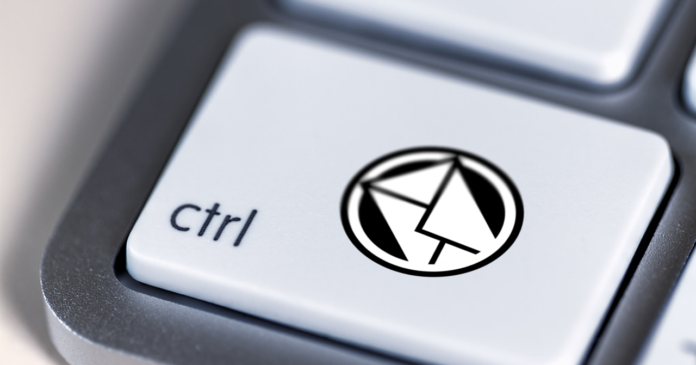Email marketing automation is a crucial strategy in digital marketing that enables businesses to send automated and personalized messages via email. This approach improves customer communication and optimizes time management, leading to more efficient marketing efforts.
Why Is Email Marketing Automation Important?
Email marketing automation provides several benefits, helping companies enhance efficiency and achieve better results in their campaigns.
Key Benefits
Saves Time and Resources
- Reduces manual work: Repetitive tasks are automated, allowing teams to focus on more strategic activities.
- Scheduled email delivery: Key messages, such as welcome emails and reminders, can be sent automatically without manual intervention.
Enhances Personalization
- Advanced segmentation: Users can be categorized based on their behavior and preferences.
- Relevant messaging: Each email is tailored to the recipient’s profile, increasing engagement.
Boosts Conversion Rates
- Timely delivery: Emails are sent at the most effective moments, increasing the likelihood of conversion.
- Strengthened customer relationships: Personalized communication fosters trust and loyalty.
Types of Automated Email Campaigns
There are several types of automated email campaigns, each serving a specific purpose in the marketing funnel:
1. Welcome Email Campaigns
- Goal: Make a strong first impression and introduce your value proposition.
- Strategy: Create engaging welcome series that encourage new subscribers to interact with your brand.
2. Lead Nurturing Campaigns
- Goal: Guide potential customers through the sales funnel.
- Strategy: Deliver a series of informative and educational emails to build interest and trust.
3. Abandoned Cart Recovery Campaigns
- Goal: Recover lost sales from abandoned carts.
- Strategy: Send reminders to customers about their pending purchases and offer incentives such as discounts or free shipping.
4. Re-engagement Campaigns
- Goal: Reignite interest from inactive subscribers.
- Strategy: Provide exclusive offers or fresh content to encourage renewed engagement.
Best Practices for Implementing Email Automation
Choose the Right Email Automation Tool
Selecting a reliable email marketing platform is essential for success. The software should offer features such as segmentation, analytics, and personalization.
Recommended tools:
- HubSpot – Integrated CRM with automation features.
- Mailchimp – Customizable templates and advanced analytics.
- ActiveCampaign – Advanced workflows and multi-platform integration.
Keep Your Email List Updated
- Regular segmentation: Continuously update contact lists to maintain relevance.
- Explicit consent: Ensure subscribers have opted in to receive emails to maintain compliance with email regulations.
Design Engaging Emails
- Clear and concise layout: Use a clean format with prominent CTAs (Calls to Action).
- Value-driven content: Provide useful information that encourages recipients to engage.
Analyze and Optimize Performance
- Key metrics: Monitor open rates, click-through rates, and conversions.
- A/B testing: Experiment with different formats and content to determine what resonates best.
Popular Email Marketing Automation Tools
| Tool | Key Features | Link |
|---|---|---|
| Mailchimp | Custom templates, detailed analytics | Visit site |
| HubSpot | Integrated CRM, automatic segmentation | Visit site |
| ActiveCampaign | Advanced workflows, multi-platform integration | Visit site |
Final Thoughts
Email marketing automation is not just a time-saver—it significantly enhances campaign effectiveness. However, its success relies on strategic planning, the right tools, and continuous performance analysis. Businesses that implement email automation best practices will see higher engagement, improved customer retention, and increased revenue.



